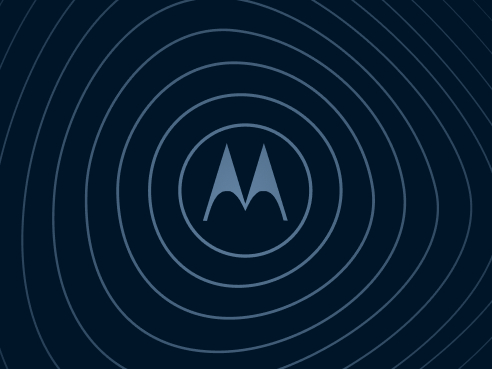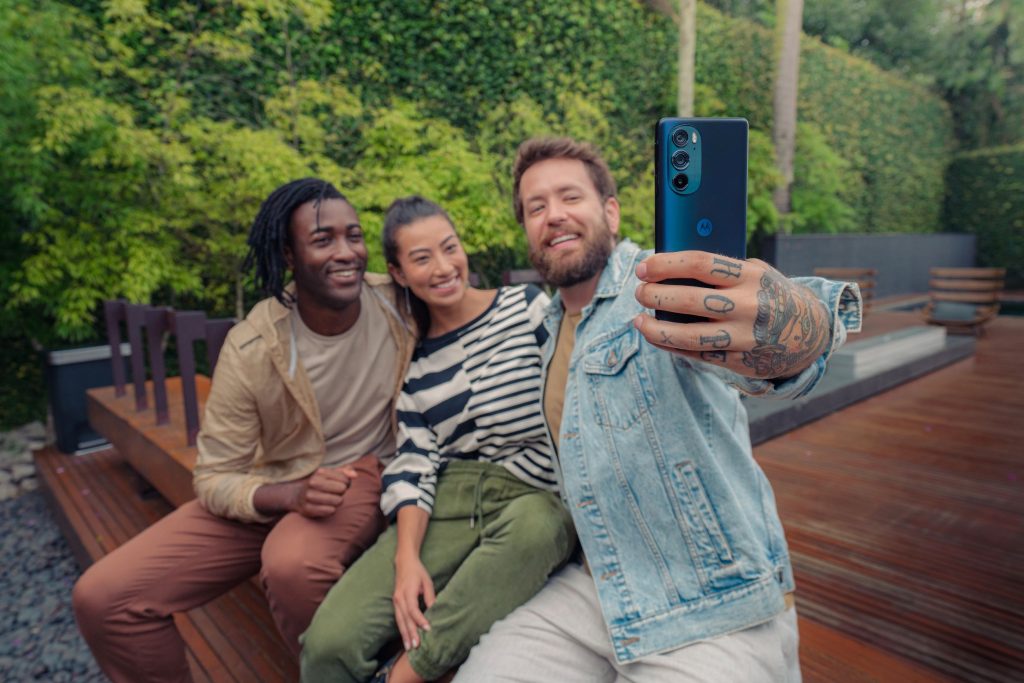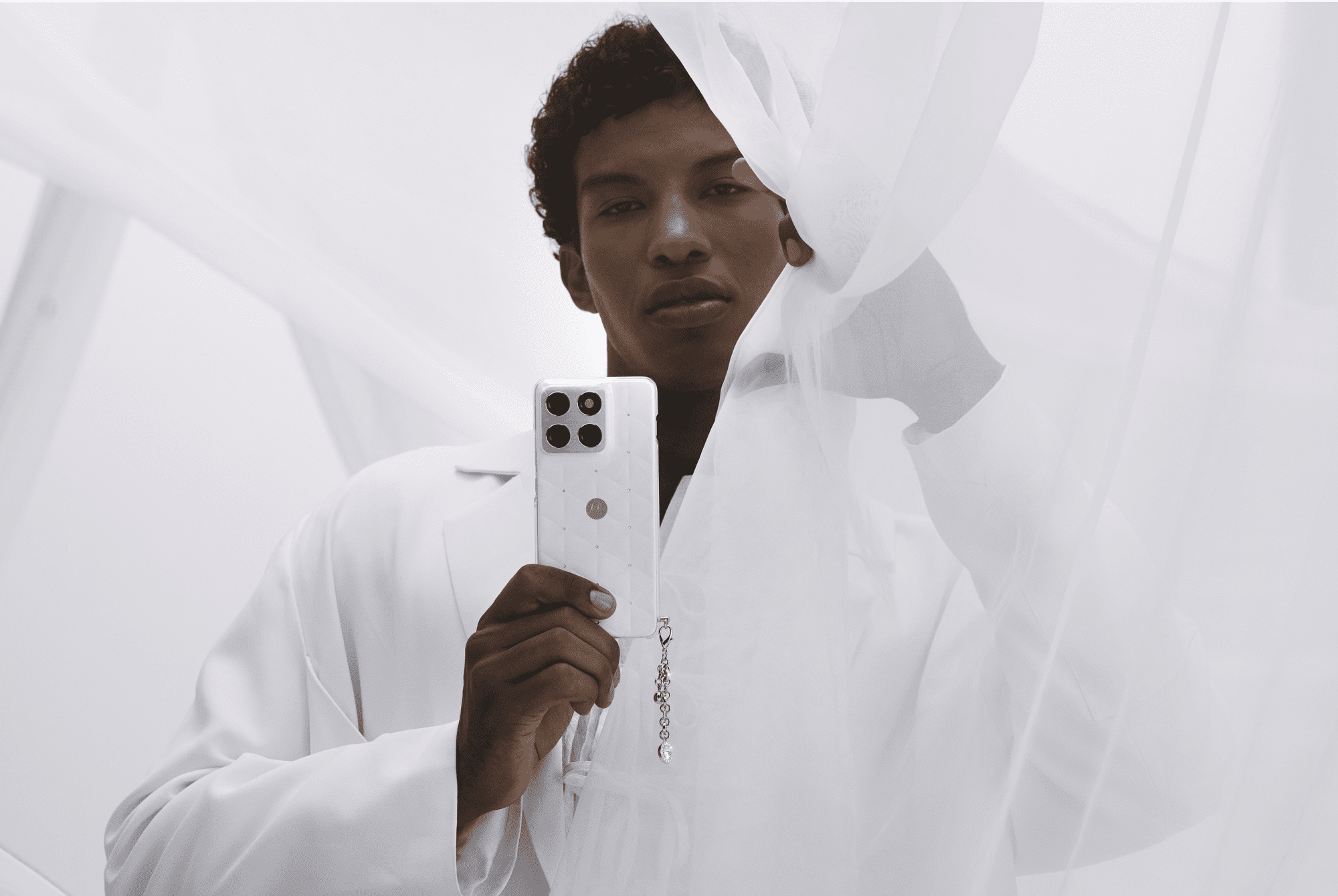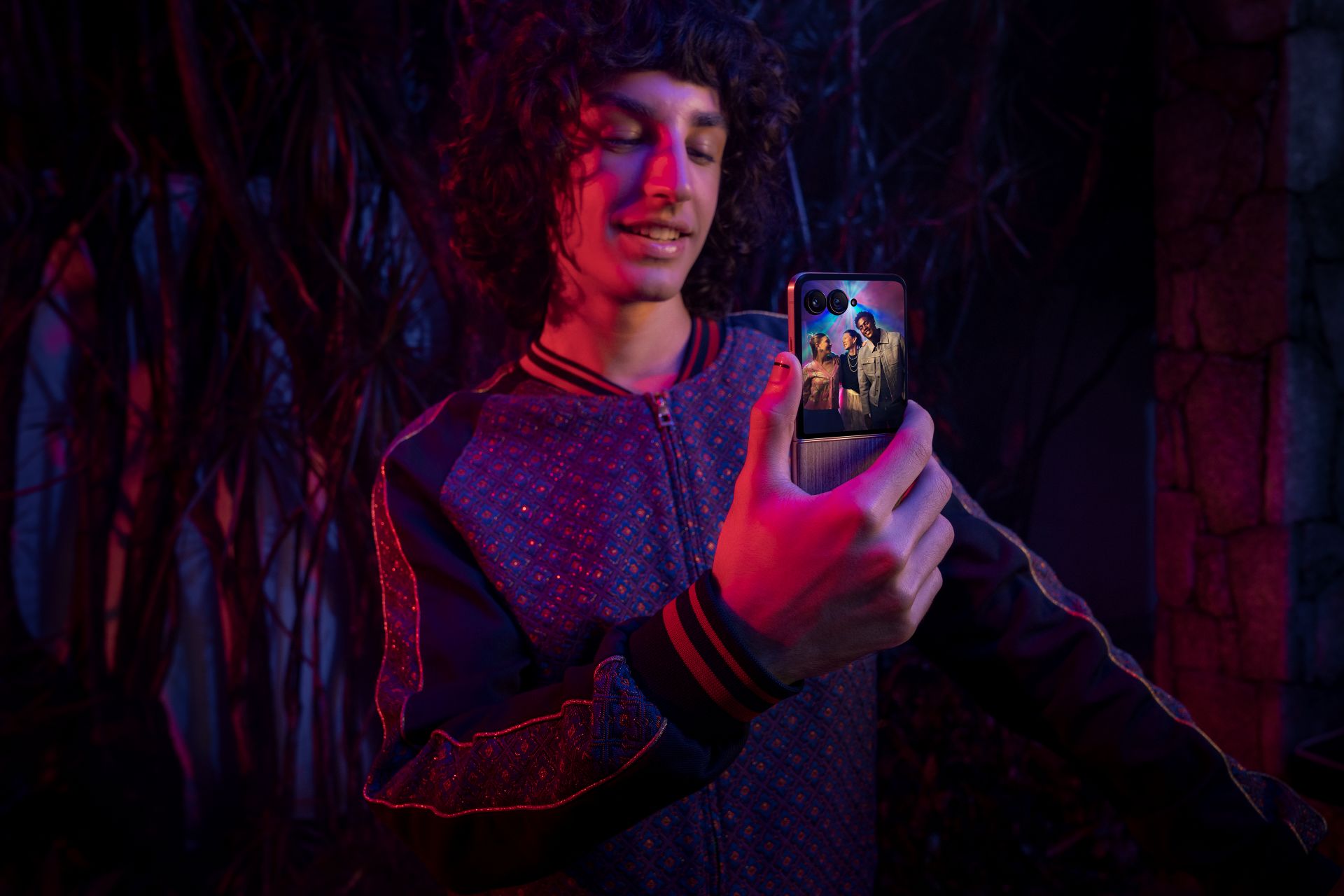Motorola is committed to embracing inclusivity in our mission to provide smarter technology for all. That’s why, last year, we announced a language revitalization project, becoming the first OEM to fully support two indigenous endangered languages (from the Amazon and Southern Brazil) on our mobile devices. Today, in partnership with the Lenovo Foundation, we’re taking this commitment to digital inclusion a step further by announcing the arrival of the Cherokee language into our user interface on Motorola devices that support Android 12.* With this project, we are working toward delivering a mobile experience that embraces all of our users and contributes to the survival of indigenous languages and cultures.
When selecting the Cherokee language as the next phase of this project, we analyzed many factors including the percentage of speakers to indicate loss of language, access to technologies, and availability of linguistic and scholarly expertise. We found that while there are over 400,000 Cherokee people in the United States (the largest of the 567 federally recognized tribal organizations in the country), less than 2% are first-language speakers. Now, with support of the Cherokee language on Motorola devices, Cherokee citizens will have access to a fully localized mobile phone user interface for the first time.
Citizens of the Eastern Band of Cherokee Indians (EBCI) and the Cherokee Nation are, like many other Americans in their use of technology, which means they have a smartphone in their pockets. But this might not be the case for the roughly 178 first language EBCI speakers remaining, since they are, for the most part, elderly. According to Cherokee scholar Benjamin E. Frey from the University of North Carolina-Chapel Hill, who was instrumental to this project, one of the important points about this initiative is that it will help bridge the gap between elders who may not use technology much but know the language, and the youth who might otherwise see the language as a relic of the past. By combining language and technology, we are demonstrating the language’s continuing vitality and viability to be a part of the Cherokee future. In doing so, we hope to not only help preserve the language but also the history, culture and identity of those who speak it.

Top left: Cherokee Scholar Benjamin E. Frey from the University of North Carolina – Chapel Hill with Motorola’s Localization Manager & MBG Head Linguist, Juliana Rebelatto; Bottom left: John Ross, a translator from the Cherokee Nation of Oklahoma Center: Bobbie Smith, a translator from the Cherokee Nation of Oklahoma; Right: Juliana Rebellato with Chief Richard Sneed (EBCI).
“In the future, our goal is to continue to research and deliver on this revitalization project, by including other endangered indigenous languages, as well as work to open source Cherokee language data via motorola.com and share our process of digitization with other globalization professionals”, said Janine Oliveira, Executive Director of Globalization Software at Motorola Mobility. “We hope this milestone will inspire more actions towards revitalization within our industry, seeing more digitally inclusive technology.”
The completion of this project would not have been possible without the help of our localization vendor partners and Cherokee Nation and EBCI linguistic experts. Moving forward, we will continue to conduct research alongside indigenous communities and engage with regional teams to enrich Motorola experiences and the lives of our incredible consumers.







